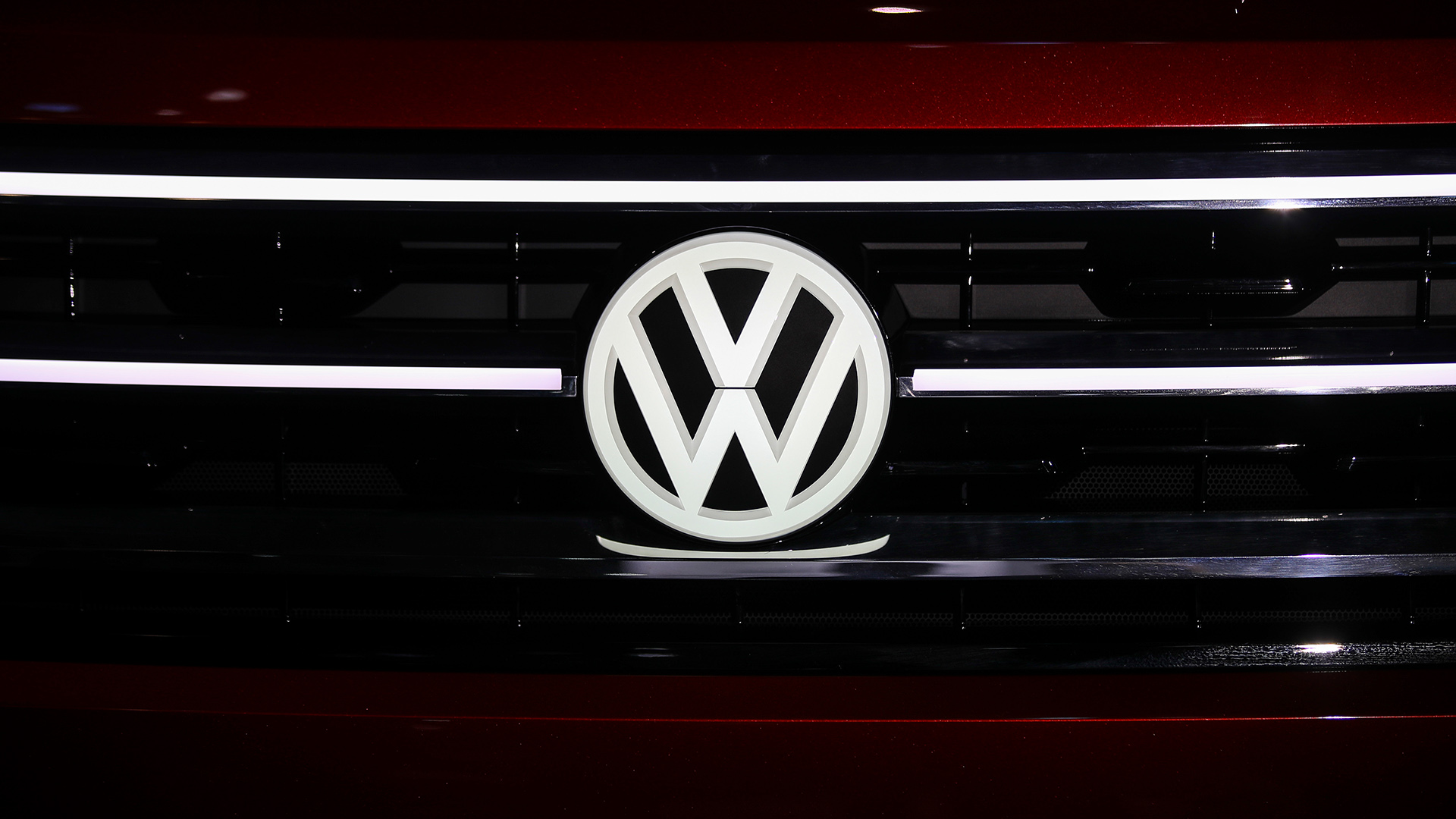

Self-driving cars face many challenges, and Volkswagen believes one of those challenges will be people losing their lunches. Motion sickness is a problem for many, but it could become more common when everyone is a passenger. Before it can find ways to prevent motion sickness, though, VW is looking into its specific causes.
VW researchers in Germany are actively trying to find ways to make people carsick. In one test at the automaker’s Ehra-Lessien track, a volunteer was placed in the front passenger’s seat of an Audi A4, which drove behind a Volkswagen Passat. The A4 used its adaptive cruise control to follow the Passat, which was driven in a stop-and-go pattern. The volunteer watched a video on a tablet, which was understandably enough to trigger a spot of queasiness.
About one-third of people are susceptible to motion sickness according to VW, but the automaker believes anyone can experience it under the right conditions. Passengers will always be more likely to get carsick than drivers because the latter knows what’s about to happen, allowing them to adjust and adapt. Autonomous cars could turn everyone into a passenger, making motion sickness more typical.
Some ways VW is attempting to combat this issue include implementing seats that move in reaction to changes in acceleration, braking, or cornering forces, as well as LED light strips that illuminate in red or green to give passengers a visual cue for acceleration or braking. While these ideas have had some “initial success,” VW said they are not ready for production. The automaker said it had “further studies in the pipeline” regarding motion sickness and ways to prevent it.
VW isn’t the only entity concerned that the much-discussed rise of self-driving cars will also lead to a rise in motion sickness. In 2018, Jaguar Land Rover discussed using an algorithm to adjust seats, suspension, and infotainment settings to keep passengers from getting sick. Uber previously tried to patent a “Sensory Stimulation System” that used lights and puffs of air to fight motion sickness, while researchers at the University of Michigan promised similar results with special glasses. It’s unclear if any of these methods will work; motion sickness has been a problem since the invention of motorized vehicles, after all. But a future of self-driving cars won’t be very pleasant until a solution is found.